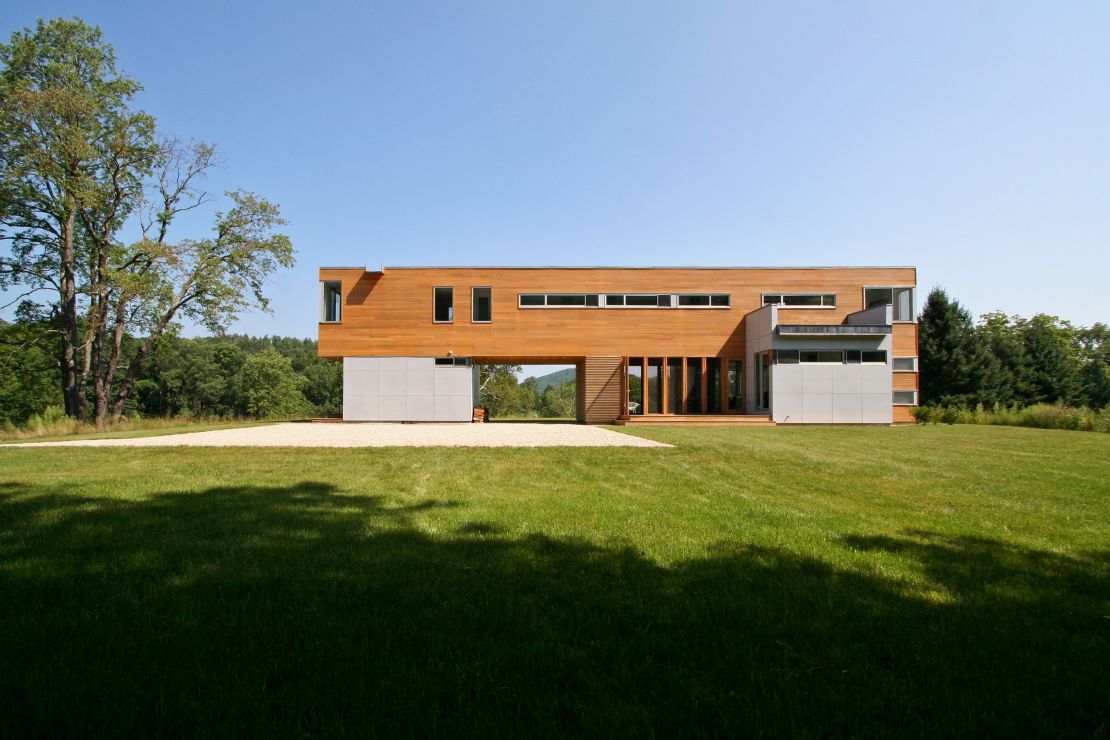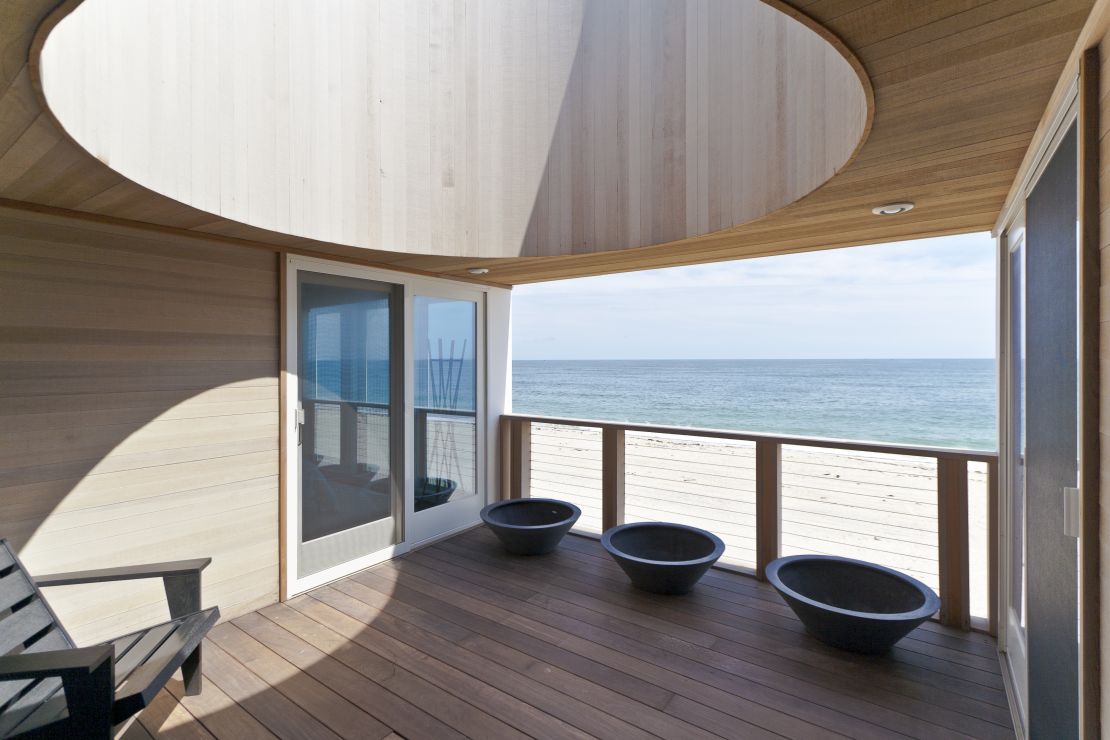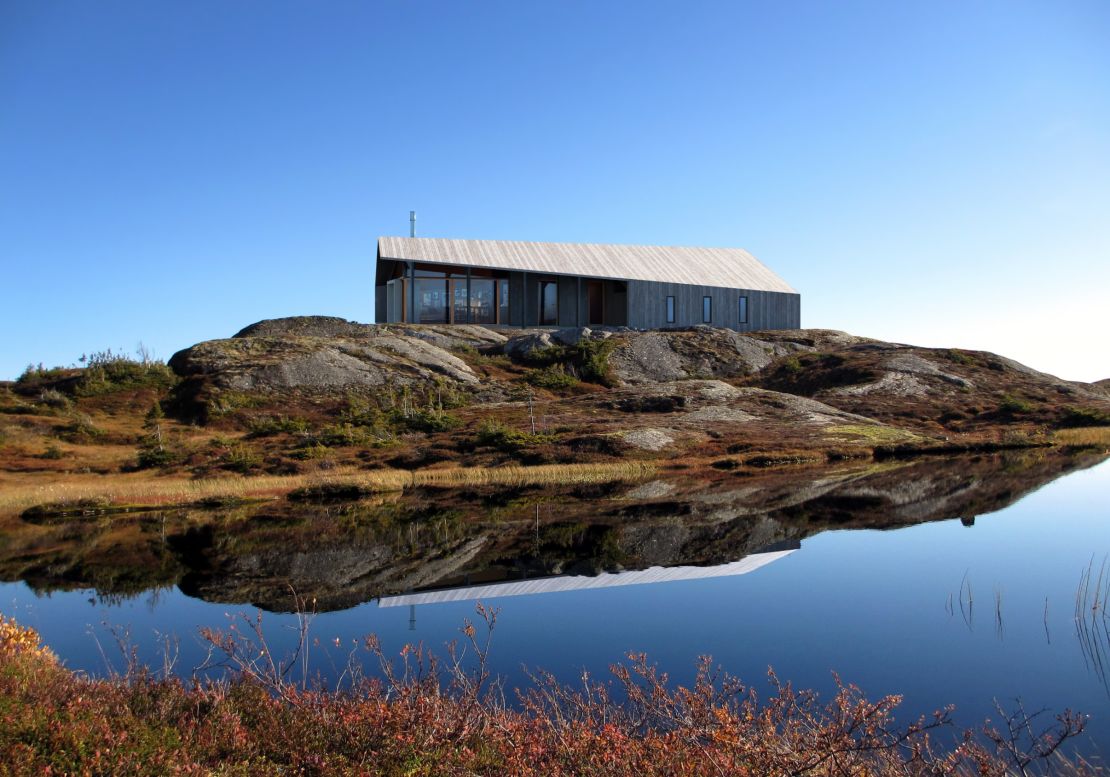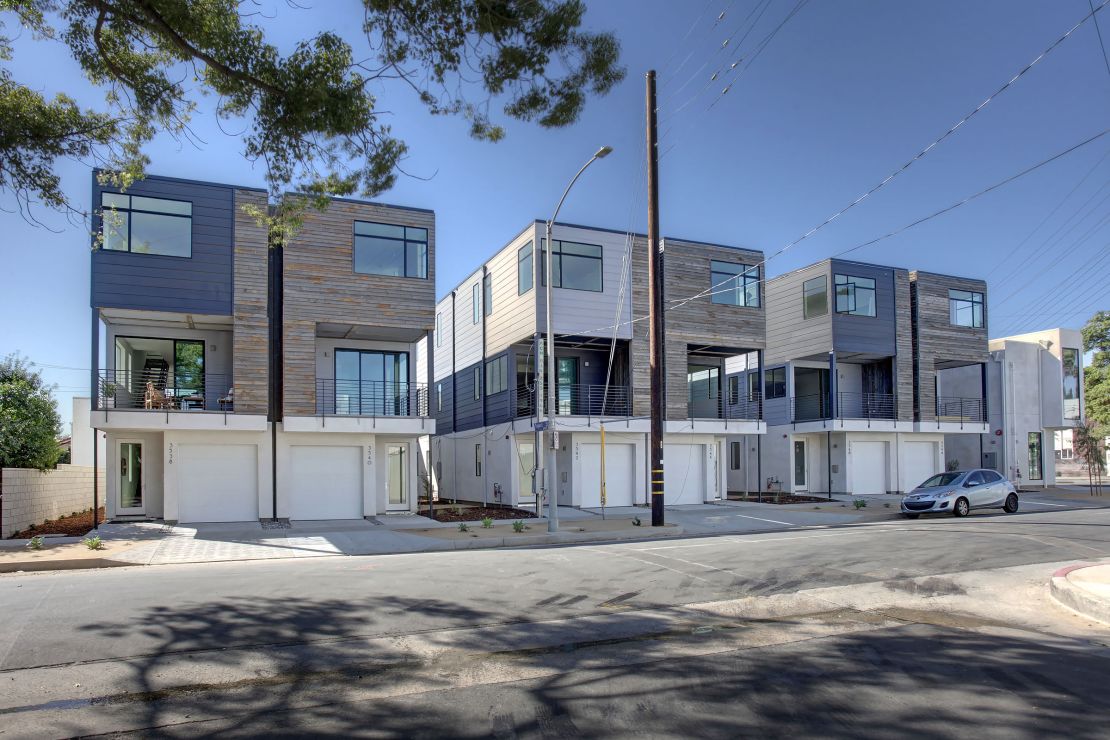From Gold-rush California to post-Blitz London, prefabricated – or prefab – housing has experienced a few booms throughout history, particularly when society is in need of quick and cheap living solutions.
However, despite the affordability and innovation that comes with such homes they have often come with certain a stigma attached. The word “prefab” is often associated with bad design, dilapidation and poverty.
But modular housing has come a long way from the Sears Catalogs Homes and trailer parks of the past. Today, top architects are getting into the game, and many clients who have both the time and means for regular site-built homes are starting to look towards prefab again.

“The interest or the promise of prefab is nothing new, but it’s been reignited, and gasoline continues to be poured on the fire,” says Joseph Tanney of Resolution: 4 Architecture, a New York-based firm that has been developing modular housing systems since 2002. “And because more architects are participating in this base, the level of design is increasing across the board.”
Firms such as Sn?hetta – known for their work on the Norwegian National Opera & Ballet and Bibliotheca Alexandrina – are embracing the possibilities of this once-maligned form.
“We wanted to make quality architecture available to more people,” says Sn?hetta’s Anne Cecilie Haug. If that all sounds a little expensive, major retailers are also getting into prefab – including minimalist high street brand Muji – who developed the Mujihut, coming soon in Japan.
Anyone who has ever built a home or even undergone a renovation can vouch for the fact that the process is nearly always unpredictable, with mounting costs and human errors causing the most problems. Prefab housing offers a measure of control and certainty for your money. While production varies by company, most of these dwellings are assembled in a factory and then installed on-site in a matter of days or weeks.

The designs are only limited by the maximum dimensions allowed to be shipped on the highways, which in the United States is 16 feet.
While many prefab companies focus on both affordable and high-end primary residences, others advertise them as country retreats, backyard workspaces, guesthouses, and in-law suites.
Working alongside Norwegian company Rindalshytte, Sn?hetta developed a ready-made cabin called Gapahuk. “There was a conscious effort to make the cabin both simple to construct and without special costly elements,” says Haug, the lead architect on the project.

A modern aesthetic and a focus on simplicity is a through line that connects the modular homes of today, as is a commitment to sustainability. For example, all of the designs offered by California-based company LivingHomes are built to the highest environmental standards.
“We have an extremely comprehensive LEED Platinum environmental program and use factory production to build more efficiently,” says CEO Steve Glenn. “Factory production also decreases construction waste and the compact, efficient designs reduce the resources used both during the building process and during the life of the house.”
Companies specializing in prefabricated architecture are popping up all over the globe from Australia to Japan to Texas. Jeff Wilson, CEO of Kasita, notes that they are particularly well suited to urban areas.
“You have all of these converging forces of a lack of affordability in our big cities, the whole minimalist trend of people wanting to have bigger lives on less and mass urbanization where people are trying to get back into the core. I think all of these and a general sort of zeitgeist is rising around the emergence of pre-fab,” he says.

Pricing is of course another major benefit of modern prefab. According to Tanney, the company’s modular designs cost anywhere from 10-50% less than their site-built comparison and Glenn estimates savings of 20-40% for a LivingHome versus a stick built one.
As interest in these homes continues to grow, companies will continue to innovate – perfecting construction processes, making customization simpler, and adding high-tech features. Kasita has already incorporated smart home technology that allow the home to learn your preferences, a feature that other companies may already be rushing to incorporate. It seems that with prefab, the housing of the past has become the housing of the future.
















